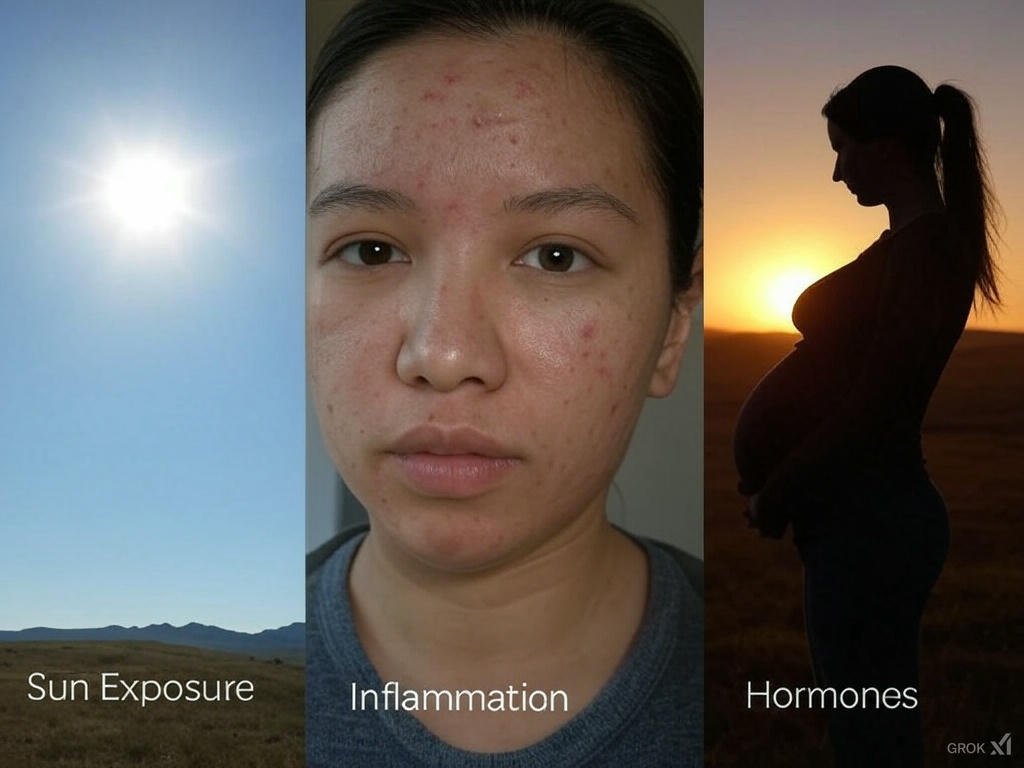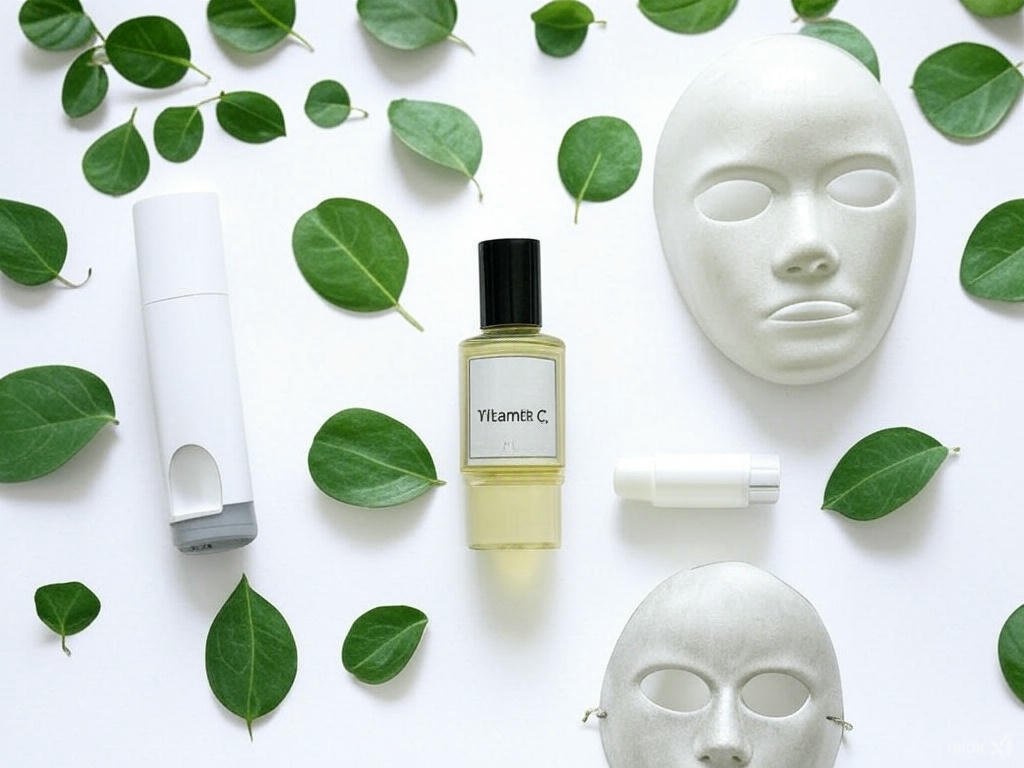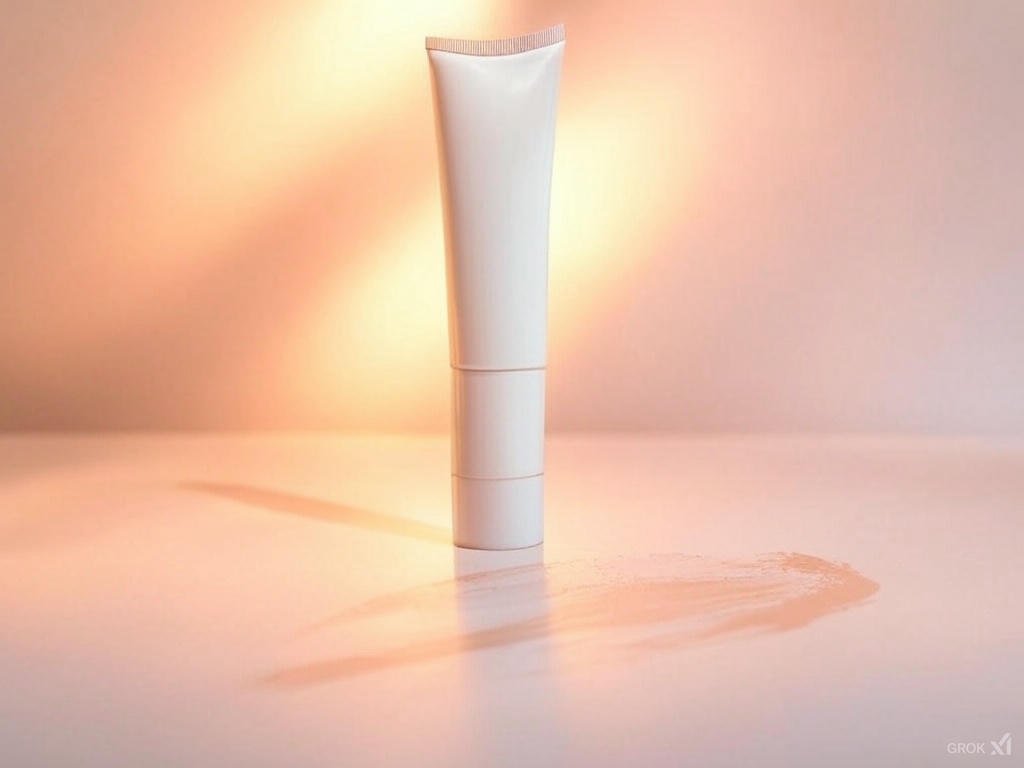7 Key Facts About Hyperpigmentation: Causes, Treatments, and Solutions for Radiant Skin
Hyperpigmentation is a common skin concern that affects people of all ages and skin types, often leaving behind dark spots or uneven patches that can feel frustrating to manage. Whether it’s a lingering mark from acne, sun exposure, or hormonal changes, hyperpigmentation can make your complexion appear less vibrant than you’d like. In this article, we’ll dive deep into what hyperpigmentation is, explore its causes, discuss prevention and treatment options, and reveal how you can take control of your skin’s appearance with the right approach—including one highly effective product available on Amazon.
What Is Hyperpigmentation?
At its core, hyperpigmentation occurs when certain areas of the skin produce excess melanin, the pigment responsible for giving our skin its color. This overproduction leads to darkened spots or patches that stand out against the rest of your complexion. Hyperpigmentation can take several forms, including:
-
- Sunspots (also called age spots or liver spots): Small, flat dark marks caused by prolonged sun exposure.
-
- Post-inflammatory hyperpigmentation (PIH): Dark spots left behind after acne, cuts, or burns heal.
-
- Melasma: Larger, symmetrical patches often triggered by hormonal shifts.
While it’s not harmful to your health, hyperpigmentation can impact self-esteem, prompting many to seek ways to restore an even skin tone.
What Causes Hyperpigmentation?

Understanding the root causes of hyperpigmentation is key to addressing it effectively. Here are the primary culprits:
-
- Sun Exposure: Ultraviolet (UV) rays from the sun stimulate melanocytes (melanin-producing cells) to go into overdrive. Without proper protection, this can lead to sunspots or worsen existing pigmentation.
-
- Inflammation: When your skin experiences trauma—like acne, eczema, or even a scratch—it may respond by producing extra melanin as part of the healing process, leaving behind PIH.
-
- Hormonal Changes: Conditions like pregnancy, birth control use, or menopause can trigger melasma due to fluctuations in estrogen and progesterone levels.
-
- Genetics: Some people are naturally more prone to hyperpigmentation based on their skin type or family history, particularly those with darker complexions.
Other factors, such as certain medications (e.g., antibiotics or chemotherapy drugs) or improper skincare practices (like over-exfoliating), can also contribute to the problem.
How to Prevent Hyperpigmentation
Prevention is often easier than treatment, and small changes to your daily routine can make a big difference. Here’s how to protect your skin:
-
- Wear Sunscreen Daily: A broad-spectrum SPF 30 or higher is non-negotiable. UV rays are the leading cause of hyperpigmentation, so apply sunscreen every morning—rain or shine—and reapply every two hours if you’re outdoors.
-
- Avoid Picking at Skin: Resist the urge to squeeze pimples or scratch wounds. This minimizes inflammation and reduces the risk of PIH.
-
- Use Gentle Skincare: Harsh scrubs or irritating products can exacerbate pigmentation. Opt for mild cleansers and soothing ingredients like aloe vera or chamomile.
-
- Cover Up: Hats, sunglasses, and UPF clothing provide an extra layer of defense against the sun.
By staying proactive, you can significantly lower your chances of developing new dark spots.
Treatment Options for Hyperpigmentation

If hyperpigmentation has already set in, don’t worry—there are plenty of ways to fade those stubborn marks. Here are some popular approaches:
-
- Topical Treatments: Ingredients like vitamin C, niacinamide, hydroquinone, and alpha hydroxy acids (AHAs) work to lighten dark spots by inhibiting melanin production or exfoliating dead skin cells. Over-the-counter creams and serums are a great starting point.
-
- Chemical Peels: Performed by dermatologists, these use stronger acids (like glycolic or salicylic acid) to remove the top layer of skin, revealing a fresher, more even complexion.
-
- Laser Therapy: Advanced treatments target melanin directly, breaking it down for a smoother tone. This is ideal for severe cases but can be costly.
-
- Microneedling: This technique stimulates collagen production and can help fade PIH when paired with brightening serums.
Consistency is crucial with any treatment—results typically take weeks or months to appear, so patience is your ally.
Lifestyle Tips for Healthier Skin
Beyond targeted treatments, your overall lifestyle plays a role in managing hyperpigmentation. A diet rich in antioxidants (think berries, leafy greens, and nuts) supports skin repair, while staying hydrated keeps your complexion plump and resilient. Avoid smoking and limit alcohol, as both can worsen skin discoloration over time.
A Highly Effective Solution Awaits

While prevention and general treatments are essential, sometimes you need a standout product to tackle hyperpigmentation head-on. That’s where this highly effective solution comes in—a game-changer you can find on Amazon. Available via this link, this product is designed to target dark spots, even out your skin tone, and deliver visible results with regular use. Packed with potent ingredients tailored to combat hyperpigmentation, it’s earned praise for its ease of use and noticeable impact. Whether you’re dealing with sunspots, melasma, or acne marks, adding this to your routine could be the key to unlocking a brighter, more confident you.
Final Thoughts
Hyperpigmentation may feel like a persistent challenge, but with the right knowledge and tools, you can take charge of your skin’s future. From understanding its causes to embracing prevention and treatment strategies, you’re now equipped to fight back against those unwanted dark spots. Ready to see real change? Check out this powerful product on Amazon and start your journey to a more radiant complexion today. Your skin deserves it!


